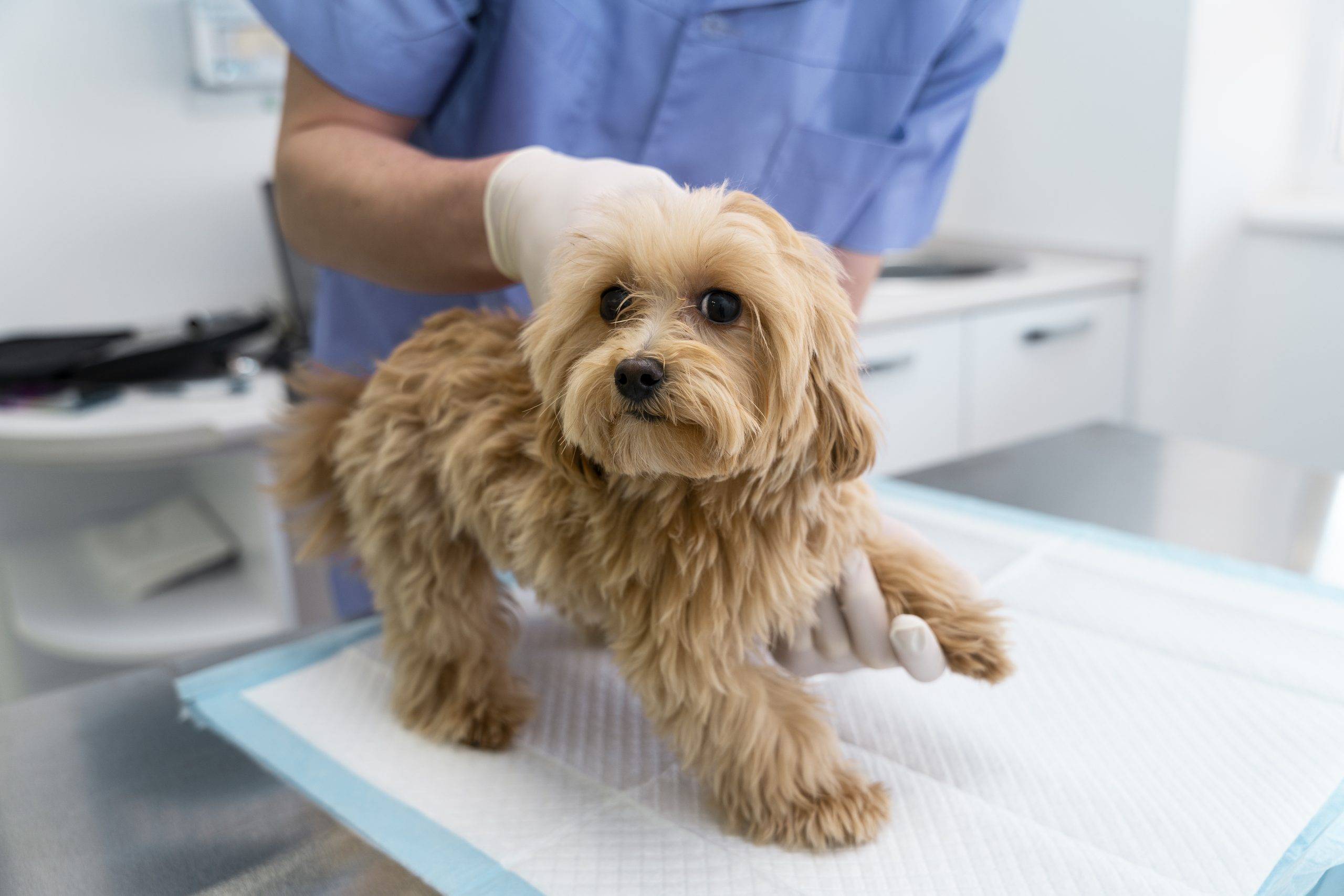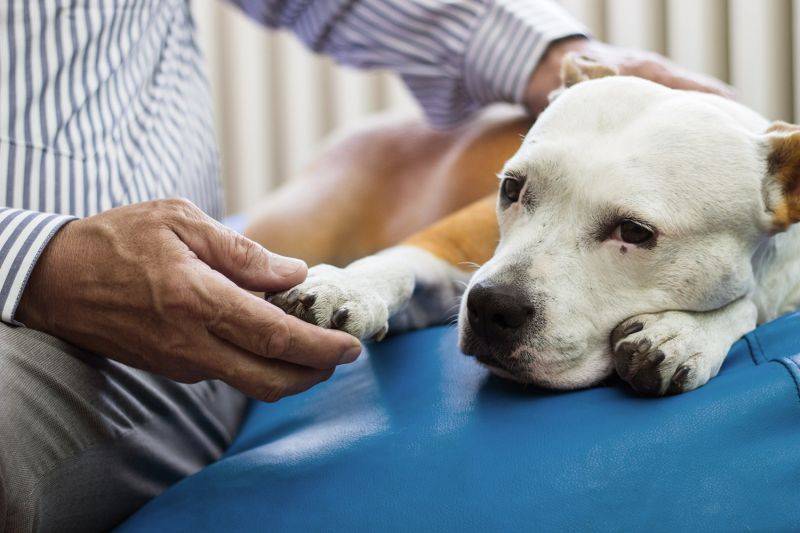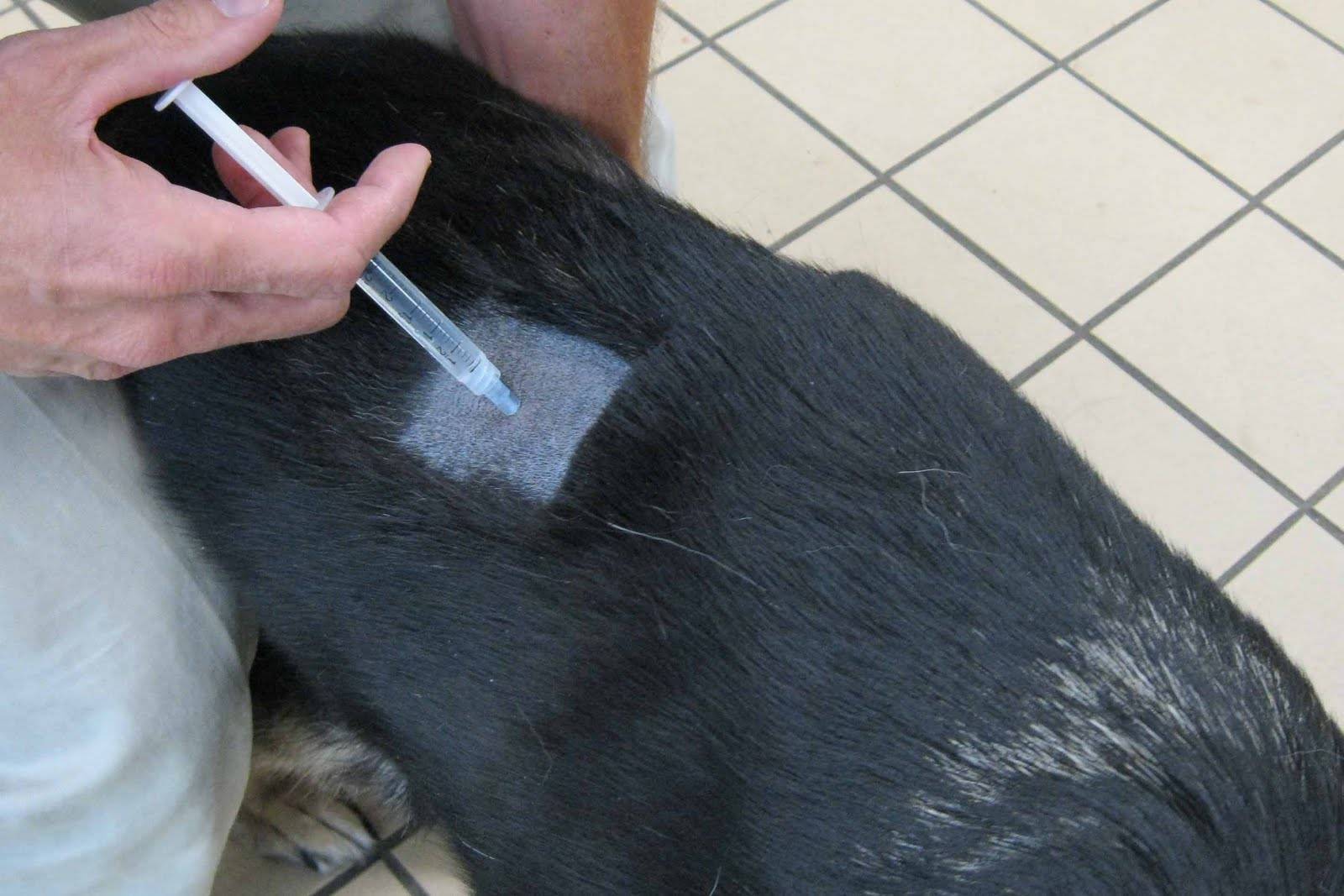When it comes to your pet’s health, it’s important to know what’s normal and what’s not. As a watchful pet owner, you take care of your pets and stand vigilant to their health parameters. One major aspect of pet health is their body temperature which helps you to detect any downfall of their health. The average normal body temperature for dogs and home cats ranges between 100.4-102.5 degrees Fahrenheit (38-39.2 Celsius). If your pet ever exhibits a temperature above 104°F (40.0°C) or below 99°F (37.2°C), you need to consult your veterinarian as it’s a sign that your pet needs medical assistance.
Symptoms of Abnormal BodyTemperature in house Cats and Dogs
Understanding the body temperature of your house cat or dog is very crucial as abnormal body temperature can be a sign of any underlying illness. We can categorize abnormal temperatures as fever, hypothermia and hyperthermia. Although it’s tough to judge your pet’s body temperature but following are some symptoms that can be indicators of your pet’s condition.
A. Symptoms for Fever:
A fever for a dog or cat would be a temperature above 103.2°F (39.6°C). Recognizing the symptoms of fever in your pets is crucial for early intervention and proper care. Watch out for the following signs that may indicate a heightened body temperature:
- Lethargy: When your pets feel unwell, whether due to an infection, inflammation, or other causes, they often display lethargy as a result of the body’s efforts to cope with the increased temperature and fight off whatever is causing the fever.
- Decreased Appetite: A sudden lack of interest in food can be indicative of an elevated temperature.
- Increased Respiratory Rate: You can witness increased respiratory rate as your pet’s struggle to cool down their body. This is part of pets’ natural cooling mechanism.
B. Recognizing Hypothermia in Pets
While fever indicates an elevated body temperature, hypothermia signals a dangerously low temperature. Preventive measures, such as keeping your pet warm in cold weather and avoiding prolonged exposure to low temperatures, can help reduce the risk of hypothermia.
- Shivering: Shivering is a common symptom of hypothermia in pets. It is a physiological response that helps generate heat and is the body’s attempt to raise its temperature.
- Lack of Coordination: As the body temperature drops, various physiological functions of your pets get affected, including the nervous system. In the case of hypothermia, the brain and nervous system may not function properly, leading to impaired coordination and lack or difficulty in mobility.
C. Symptoms of Hyperthermia
Your pet will be suffering from Hyperthermia, if your pet’s body temperature rises above 104°F (40.0°C), it is considered dangerously high. Hyperthermia is a dangerously high temperature that not only causes discomfort for your pet but also badly affects their overall health. Be vigilant and look for these signs:
- Excessive Panting: It’s normal for dogs to pant, especially when they’re hot, excited, or energetic. Dogs pant to regulate their body temperature. But heavy panting is something different. It may be a sign can be a sign of underlying health issues or overheating your pet’s body. Observe your pet closely, and if heavy panting is accompanied by other concerning symptoms, cough or vomits, consult with a veterinarian promptly.
- Drooling: Increased drooling can be a symptom of hyperthermia in pets, especially in dogs. As part of their natural cooling mechanism, dogs will pant and drool to release heat from their bodies. Panting and drooling help pets evaporate moisture from their tongue and respiratory tract, facilitating heat dissipation. However, if the environmental temperature is extremely high or the dog cannot cool down adequately, it can progress to heatstroke.
- Red or Pale Gums: A pet suffering from hyperthermia often exhibits dark red gums. Changes in gum color, such as red or pale gums, can be indicators of heat stress or other health issues in pets. Monitoring the color of your pet’s gums is one way to assess their overall health and well-being.
- Vomiting or Diarrhea: Digestive disturbances may occur as a result of hyperthermia. Vomiting and diarrhea are signs that the pet’s body is struggling to cope with the heat, and they may be experiencing significant distress.
Since these signs can occur with various health conditions, you can’t determine if your pet is suffering from hypo or hyperthermia just by looking at him. It will be the best action to take your pet’s temperature.
Type of Thermometer to Take Your Pet’s Temperature
As discussed earlier, the body temperature of a house cat or a dog falls within the range of 100.4 to 102.5 degrees Fahrenheit (38 to 39.2 Celsius).. As a responsible pet owner, it should be your prior preference to stay vigilant to any body change related to their body temperature.
The two main thermometer types often used for pets include the rectal and the digital thermometer. The rectal thermometer will be inserted in the rectum of the animal, while the digital thermometer is placed in the ear canal. But no matter which thermometer you use, your cat or dog will resist it for sure, which can make it challenging to obtain an accurate reading.
Taking Your Pet’s Temperature
Taking your pet’s temperature is a two-person task, whether you are using a digital or rectal thermometer. Usually, your pet feels discomfort while you take temperature, so a person is needed to restrain and comfort the pet at the time of taking temperature.
Small dogs and cats should be held down on your lap, using one arm under the animal’s neck to hold the head closely against the body. The other arm should go around the animal’s abdomen to hold the animal still. Large dogs can also be held down in a similar way on the ground. You must lubricate the tip of the thermometer with a petroleum-based jelly for smoother insertion. Taking the temperature of small dogs, you need to insert the thermometer about 1 inch, and for larger dogs, up to 2-3 inches.
If you are using a digital-aural thermometer, the pet can stand up with ease. Since rectal insertion will make the pet uneasy, the standing animal will usually try to sit down once the thermometer is inserted into the rectum. If you are using one of these thermometers, it is better to lie your pet down on one side before you insert the thermometer.
If It’s Too Challenging:
Taking your pet’s temperature is just one aspect of monitoring their health. If you find taking a dog or cat’s temperature too challenging, avoid risking injury to the animal or yourself. You should take your pet to a veterinary hospital where trained professionals will be able to assist you further.
Conclusion:
Your pet’s well-being must be your priority. Keep a close eye on the body temperature of your dog or cat, as abnormal body temperatures can be an indicator of underlying health issues. It should be a good practice to monitor your pet for any symptoms but regular vet visits help to preserve their physical well-being without risking their lives.
It’s wise to remember that various health issues in pets exhibit the same symptoms, so instead of relying on symptoms, you should check your pet’s temperature. Taking temperature demands accuracy, as any mishandling can hurt your pet. If you are not sure how to take your pet’s temperature always seek professional assistance.












